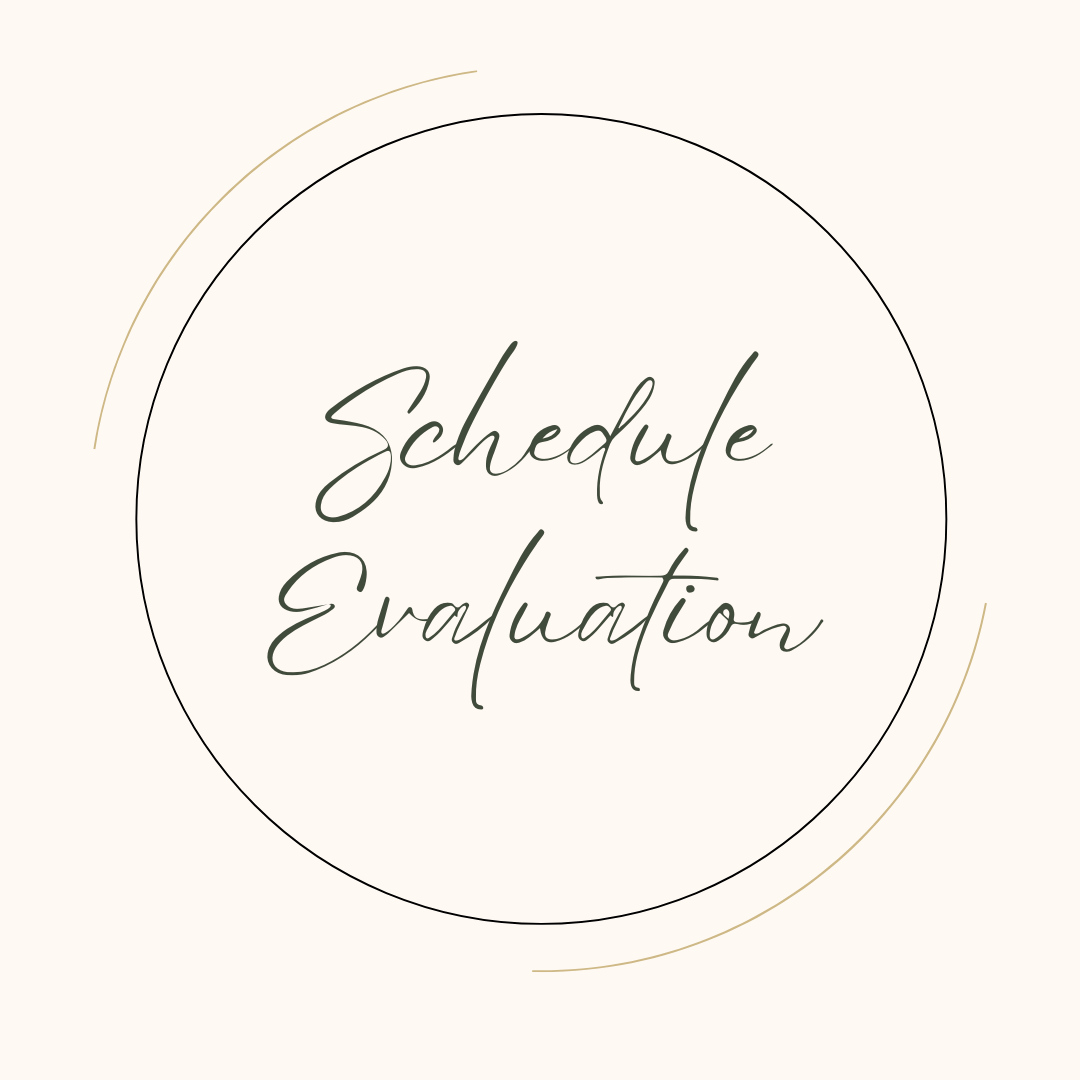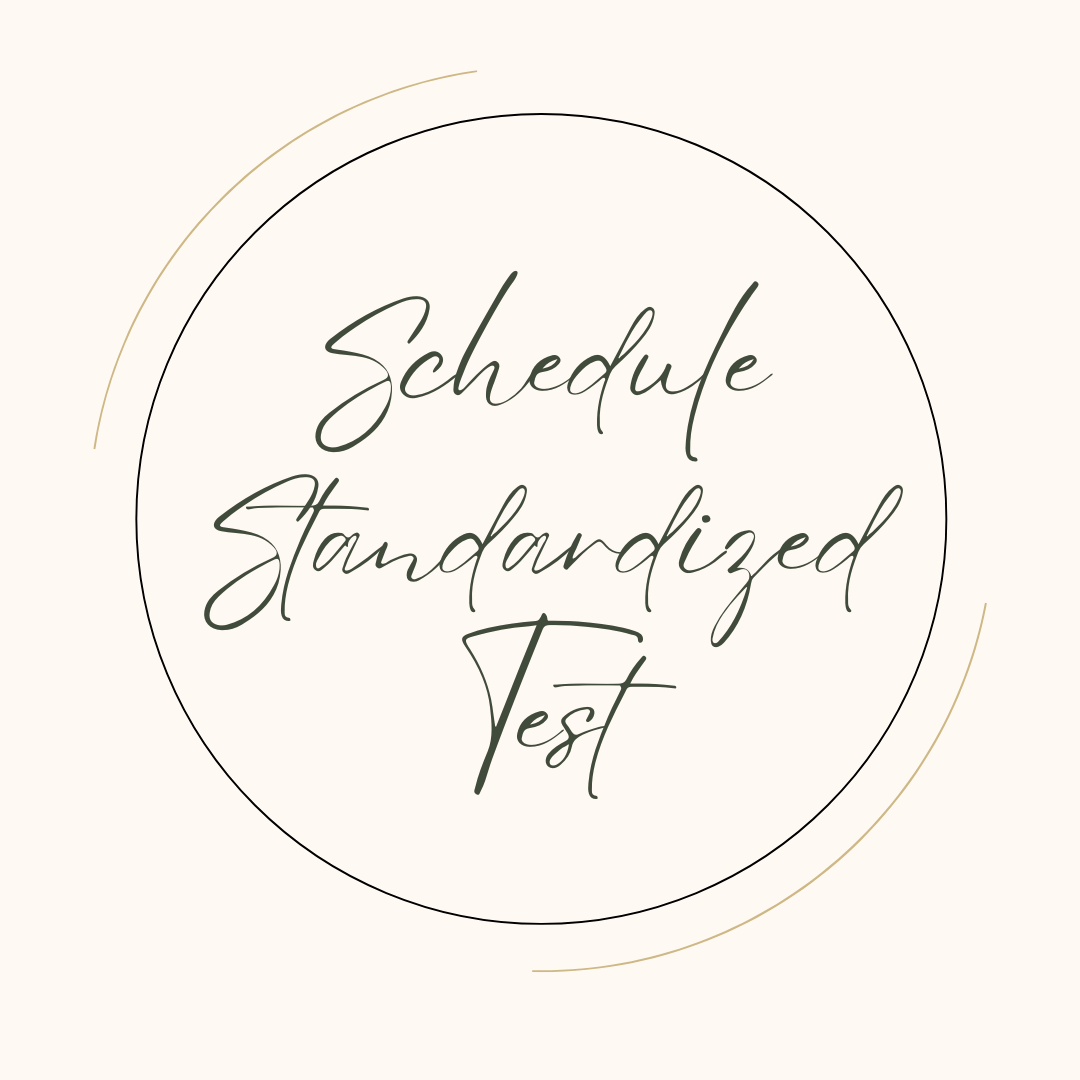Old-School AI and Language Arts: How We've Been Using AI for a Long Time
I’ve been thinking about and tinkering with AI a lot lately, and today I want to share my thoughts by connecting AI to language arts instruction—plus some reflections on how I’ve been using forms of what we might now call "artificial intelligence" for a long time in my teaching career.
What Is Artificial Intelligence, Really?
When I think about "artificial intelligence," I break the term down loosely:
Artificial: not original to the thing it's being applied to
Intelligence: the skill of making an effective decision in a specific context
When I reflect on AI's growing role, I realize we've encountered simpler versions of it long before ChatGPT or modern apps came along. Framing current AI with this old-school mindset helps me explore it well.
Examples of Old-School AI
Calculators: We punch in numbers, and it gives results we didn't produce organically. The calculator helps problem-solve, but it doesn’t supply wisdom—we still need to interpret the results and apply them thoughtfully.
Fill-in-the-Blank Word Games (Think: Mad Libs®-Style): A simple, low-tech example of old-school AI is the classic fill-in-the-blank word game. While "Mad Libs" is a well-known trademark, the basic idea is widespread: a structured story format that prompts learners to insert specific types of words, like nouns or adjectives. These templates offer an artificial structure, and learners bring their vocabulary and experience to complete the narrative. It’s artificial because the structure wasn’t created by the learner, and intelligent because it provides a scaffolded way to understand grammar and storytelling.
Both examples remind me that true, enduring intelligence still depends on our judgment, maturity, and creativity—even as the tools get more sophisticated.
How This Applies to Language Arts Instruction
I love the fill-in-the-blank paragraph approach inspired by those classic word games. It’s a simple strategy that helps students grow writing fluency without feeling overwhelmed. Over the years, I’ve noticed many students struggle to get started with writing. A supportive structure like this can break that paralysis.
Step 1: Do Your Own Homework First
Before assigning the task, I complete it myself. If I’m asking them to summarize a reading, I write a summary first. If I’m asking them to describe a process (like baking cookies), I do it too. Doing the work alongside my kids helps me anticipate challenges they might face and builds my empathy for their learning process. If I didn't get to doing the homework first, then I do the assignment alongside them.
Step 2: Start Small
I take my paragraph and remove a few words, replacing them with labeled blanks (like [noun] or [type of food]).
For beginners or reluctant writers: just 1–2 blanks
For more confident writers: 4–10 blanks to start
Start at a level that feels encouraging and achievable—then slowly increase the challenge.
Step 3: Keep It Encouraging
Don’t increase the number of blanks too fast
Laugh together at silly or creative answers
Celebrate progress and creativity
The goal is to build fluency, confidence, and purpose-driven writing one small step at a time.
Tips for Success
Trust your instincts about your child’s learning pace
Be consistent with short, daily practice
Use humor and creativity to make writing fun
I have found that with reluctant writers, gradual progress builds confidence. With advanced writers, the structure inspires them to revise and rewrite with even more independence—and that’s a win!
Bringing Modern AI into the Mix
You can also bring in tools like ChatGPT to generate sample fill-in-the-blank paragraphs. Here are a few ways:
Ask AI to create a fill-in-the-blank paragraph for you to complete alongside your kids on a topic of your choice and specify the learning level (elementary, middle school, high school, etc.)
Use AI to design templates in the style of a favorite author
Ask AI to structure an academic paragraph with placeholders for citations and sources
Example: A Mad Libs®-Style Paragraph in the Style of Laura Ingalls Wilder
Title: "A Prairie Picture for Mary"
"Mary," Laura whispered, her voice [adjective] with excitement, "you should feel the way the [type of flower, plural] are [verb ending in -ing] in the breeze. They smell just like [food or scent], and they’re as soft as [fabric or texture]. The sun is shining [adverb], and it makes the [plural noun] sparkle like [precious material or gem]. There's a [adjective] little [animal] hopping through the tall grass, and its tail twitches like a [small object] in the wind. The air tastes like [food or drink], and everything feels [emotion], like Ma just baked [type of pie] and Pa’s fiddle is about to start playing."
Again, the fill-in-the-blank method isn’t just about laughs—it’s about building fluency and confidence for real writing.
Final Thoughts
Modern AI tools and classic writing games share a key quality: they offer scaffolding. But it's up to us—and our kids—to bring the maturity, wisdom, and creativity to use these tools effectively.
As you experiment with these techniques in your homeschool, remember to:
Stay connected to your child’s needs and pacing
Celebrate the process—not just the outcome
Use modern tools to inspire, not replace, the writing journey
ChatGPT is a product of OpenAI. All references to ChatGPT in this post are for educational and illustrative purposes.




